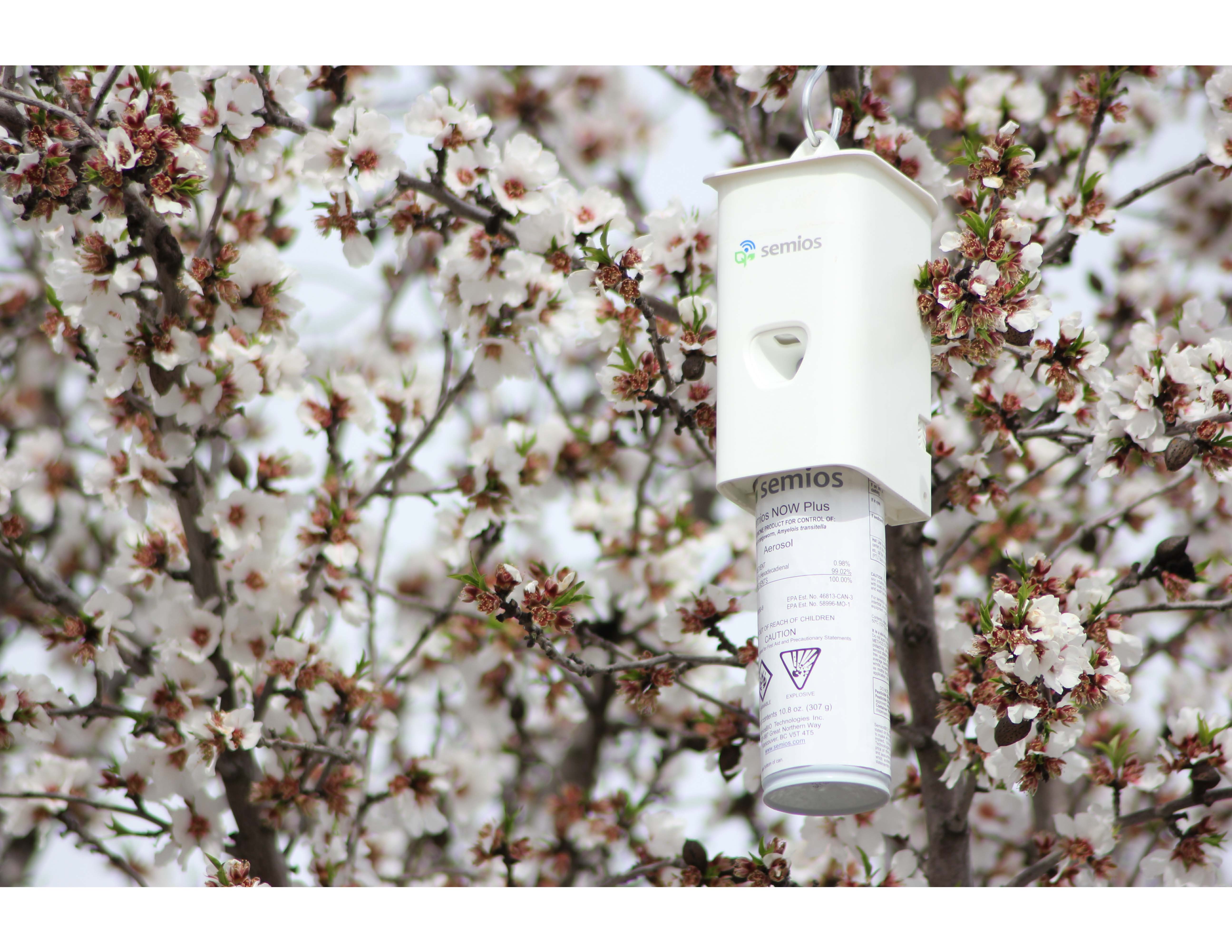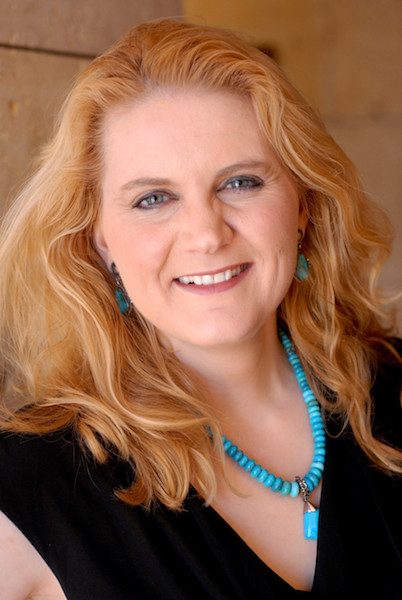David Gutierrez on Dams
David Gutierrez on Dams, Water Management and Economics
By Patrick Cavanaugh, Deputy Editor
David Gutierrez, chief of Division of Safety of Dams and program manager for the Groundwater Sustainability Program within the California Department of Water Resources (DWR), talked with Patrick Cavanaugh, California Ag Today’s farm news director, regarding dams and the DWR in Sacramento.
California Ag Today: Please explain the differences between the DWR and the State Water Resources Control Board (SWRCB).
Gutierrez: This is actually really important to understand. DWR and SWRCB have completely different functions, just generally. We have different functions with the Sustainable Groundwater Management Act (SGMA) passed last year. The responsibilities of DWR lie with developing the regulations—the rules—and assisting the locals to be successful. SWRCB is the backstop; they are the ones who are actually going to manage a basin that is not being managed successfully. They are completely different; SWRCB is a Board and DWR is not a board; it’s a department.
California Ag Today: Do you think SWRCB should have been thinking about the things we are doing today 20 years ago?
Gutierrez: On the record, the citizens of California, everybody, should have been thinking about this more than 20 years ago. You can’t really blame one group; all of us should have been thinking about this 20 years ago. We usually don’t solve problems until we get into a crisis, and that is where we are.

Gutierrez: So the Central Valley Project and SWRCB were both supported in the 20’s and 30’s, all the way up through the 70’s. After the 70’s, things did change and dams stopped getting built, but also most of the resources were already tapped at that point. So now you are seeing reservoirs being built off stream as most of the resources on stream have already been tapped into. So, there is a little more to it than people being for or against dams.
California Ag Today: Do you think the Temperance Flat and Sites Reservoirs will ever be built?
Gutierrez: It is an economic question, so I bet if you did an economic analysis, during certain times it would be economically feasible, and at other times it would not be. You have got to tie in the value of the water; if water becomes valuable, it is worth doing the project. If water is not valuable, you can’t afford the project.



 nce against them continued to be ignored, Duarte said, “We went to the Pacific Legal Foundation, where they filed a due process suit against the Army Corps of Engineers on behalf of a farmer’s right to farm their ground. The Army Corps of Engineers now claims that our 4-7 inch tillage through ground that has been tilled 18-24 inches in the past destroyed wetlands.”
nce against them continued to be ignored, Duarte said, “We went to the Pacific Legal Foundation, where they filed a due process suit against the Army Corps of Engineers on behalf of a farmer’s right to farm their ground. The Army Corps of Engineers now claims that our 4-7 inch tillage through ground that has been tilled 18-24 inches in the past destroyed wetlands.”



















